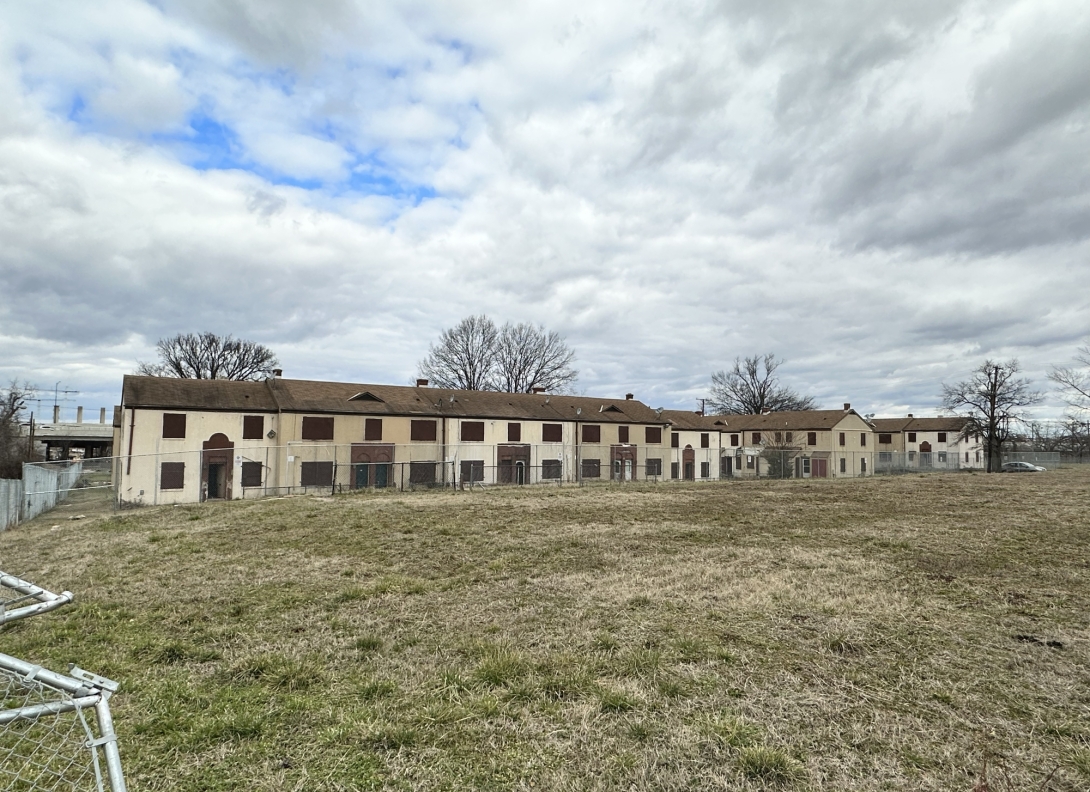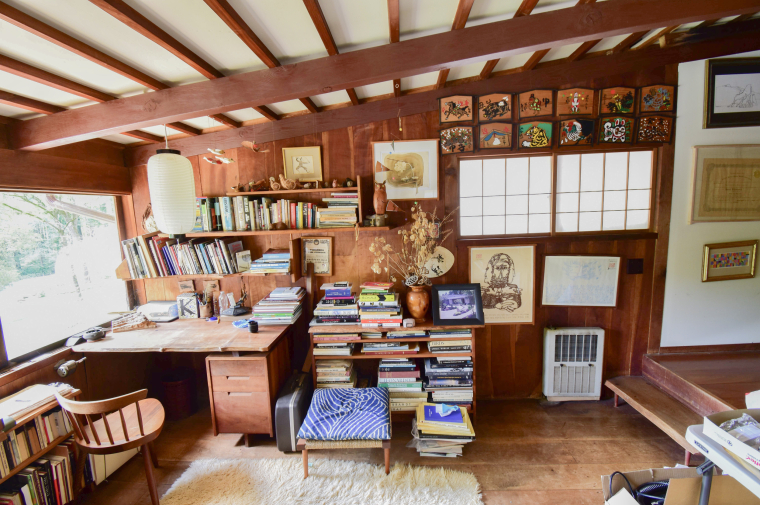July 7, 2023
Q&A: Amber Wiley, Nord Director at CPCRS
Illuminating the Black Freedom Struggle in the Built Environment
By John Caperton

"The directorship of CPCRS is a dream job for any number of reasons," says Wiley of her new role with the Center for the Preservation of Civil Rights Sites. (Photo Eric Sucar)

 Expand Image
Expand Image



